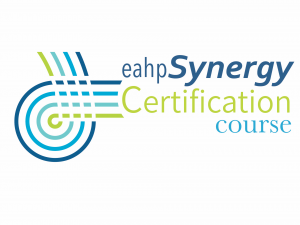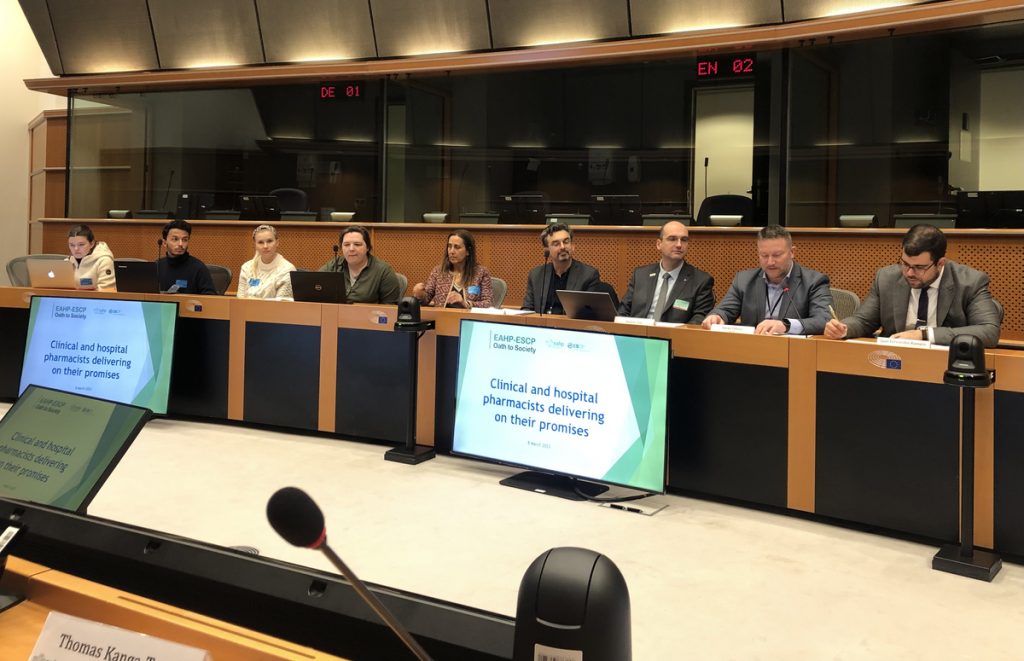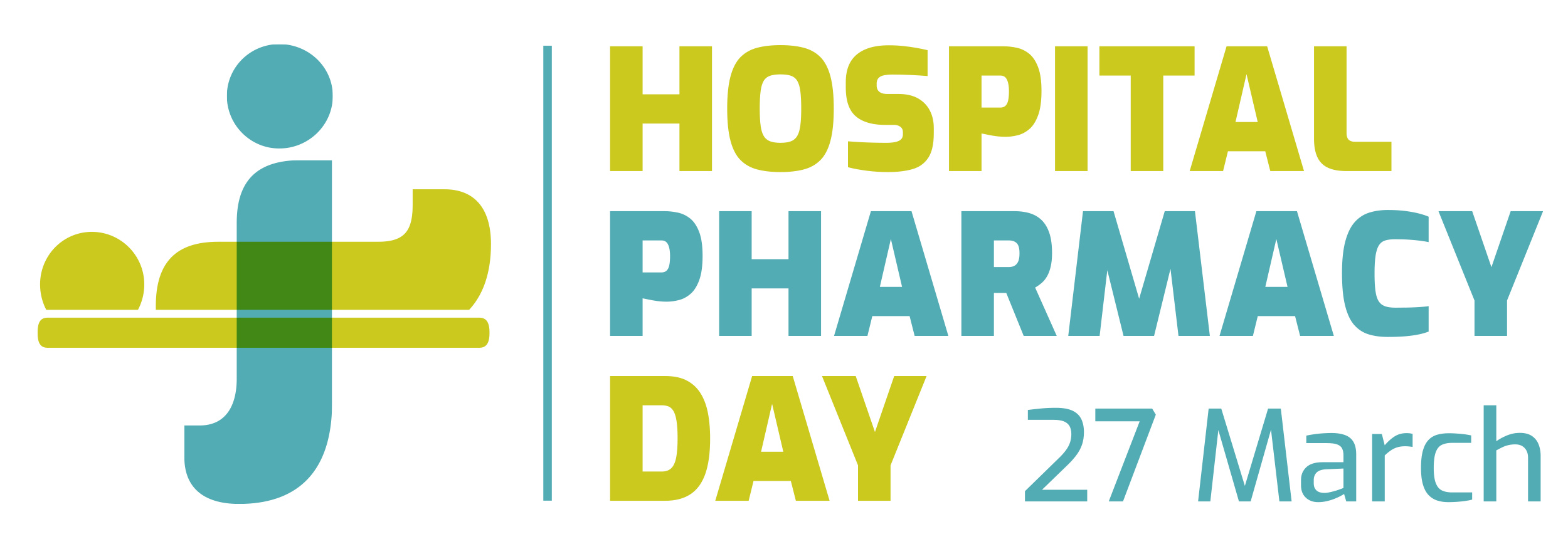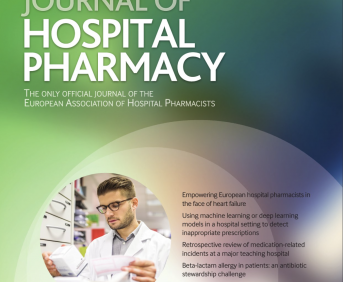HOSPITAL PHARMACY CONTRIBUTION TO CLINICAL TRIALS: TYPIFICATION OF MEDICATION INCIDENTS AND PHARMACEUTICAL INTERVENTIONS IN A CLINICAL TRIAL UNIT
Pdf

European Statement
Patient Safety and Quality Assurance
Author(s)
Paula Arrabal-Durán, Carmen Herrero-Domínguez-Berrueta, María Norberta Sánchez-Fresneda, Ana Mur-Mur, Ana Herranz-Alonso, María Sanjurjo-Sáez
Why was it done?
MI and PI are normally recorded in Hospital Pharmacy Services as a method for evaluating safety. Nevertheless, classical methods for reporting MI do not allow for a correct classification in the field of clinical trials. The reason is their more complex processes involving drugs compared to the processes in daily clinical practice. If there are no specific categories, the information obtained by recording usually gets lost and could not reflect exactly what occurred. In September 2016, a clinical tool to notify MI and PI was implemented in the Pharmacy Service, with the aim of unifying their classification criteria and gathering complete information for analysis and further implementation of improvement measures.
What was done?
A database to notify medication incidents (MI) and pharmaceutical interventions (PI) in the Clinical Trials Unit was developed in the Pharmacy Service of a tertiary hospital.
How was it done?
All the processes involving drugs in clinical trials were evaluated by a Failure Mode and Effects Analysis (FMEA). For each process, the possible incidents and their resulting effects on the patient were recorded. After that, a database was designed in Microsoft® Access with defined lists of choices to allow pharmacists notify both MI and PI that occur in the Clinical Trials Unit.
What has been achieved?
A database with the following information has been implemented:
a) Identification of the MI:
1. Date of the MI.
2. Number of patient.
3. Clinical Trial protocol.
4. Investigational product.
b) Process in which the MI took place (16 options).
c) Process in which the MI was detected (16 options).
d) Process that caused the MI (24 options).
e) Person who detected the MI (9 options).
f) Did any PI take place? (Yes/No).
g) PI performed (12 options).
h) Did the MI reach the patient? (Yes/No).
i) MI that reached the patient (21 options).
j) Patient outcome (8 options).
k) Effect in the clinical trial (4 options).
What next?
The implemented notification system will be further expanded and adapted over time.
Future aim is to analyse MI for establishing improvement measures and checking their results.
























